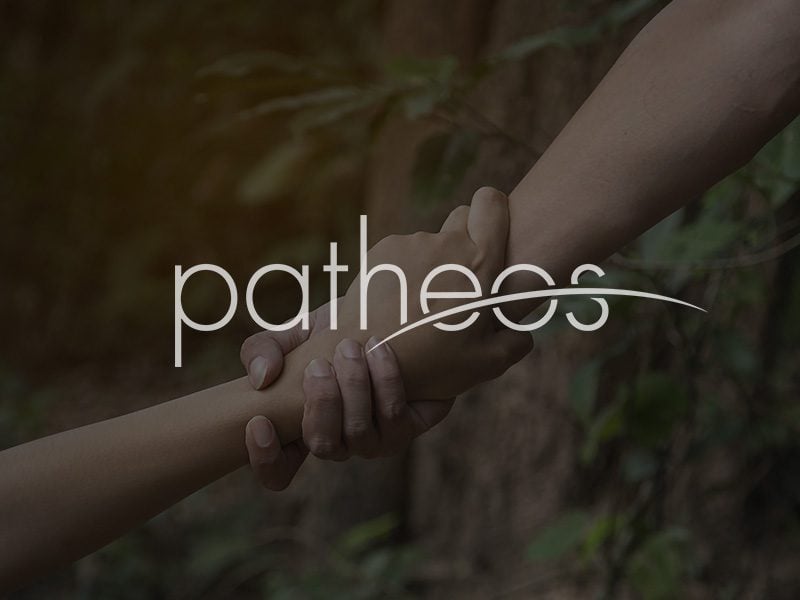YANGON, Myanmar (AP) — Vast crowds were gathering Wednesday at Myanmar’s most sacred Buddhist shrine to celebrate a festival banned for more than 20 years under the former military government.
The festival at the gold-plated, diamond-studded Shwedagon Pagoda in Yangon is a mix of Buddhist ritual and traditional fun and games. The fact that it is taking place at all this year is the latest sign of new freedoms trickling into this long-repressed country.
Shwedagon has been used before as a rallying point for anti-government protesters, and the former junta feared large groups gathering in the streets, even when they were not demonstrating. But those fears are apparently not shared by the new, nominally civilian government.
“There is a hunger for the Shwedagon Pagoda festival. This was banned for 20 years and it’s starting again now,” said Khin Maung Aye, a Buddhist scholar and an organizer of the event. He expects a massive tide of pilgrims. “I have dreamed of this for many years, but I dared not think it would be so big.”
The Shwedagon Pagoda dominates the Yangon skyline. According to legend, it was built more than 2,500 years ago and houses eight strands of the Buddha’s hair and other holy relics.
It was against the backdrop of Shwedagon’s towering golden spires that Aung San Suu Kyi electrified a crowd of half a million people in 1988 with a speech that launched her career as opposition leader and Myanmar’s icon of democracy.
After that, the ruling junta halted big pagoda festivals for what they called “security reasons,” said Khin Maung Aye. Among the regime’s many rules was a ban on gatherings of more than five people.
“My son is 22. He was born in 1989, and he has never witnessed the real Shwedagon Pagoda festival,” he said.
The festival Wednesday at the sprawling temple compound marks the 2,600-year anniversary of Buddha’s enlightenment and opens with saffron-robed monks beginning a 15-day chant and a visit by government officials. Entertainment will include Burmese puppet shows and traditional dancers.
Smaller pagoda ceremonies that focused on religious rituals were allowed by the defunct military regime, but larger festivals, particularly at Shwedagon, were seen as holding potential for trouble in this devoutly Buddhist country, where religion and politics have often mixed.
Yangon’s two most significant Buddhist shrines — Sule Pagoda and Shwedagon — were central gathering points for the monk-led pro-democracy uprising in 2007 that army quashed with deadly force.
For nearly half a century, the country was ruled by a reclusive, xenophobic military regime that cracked down on any perceived dissent. The junta ceded power last year to a nominally civilian government that has surprised critics with an unexpected wave of reforms — allowing Suu Kyi to run for parliament in April, freeing political prisoners and relaxing strict media censorship.
___
Associated Press writer Aye Aye Win contributed to this report.







